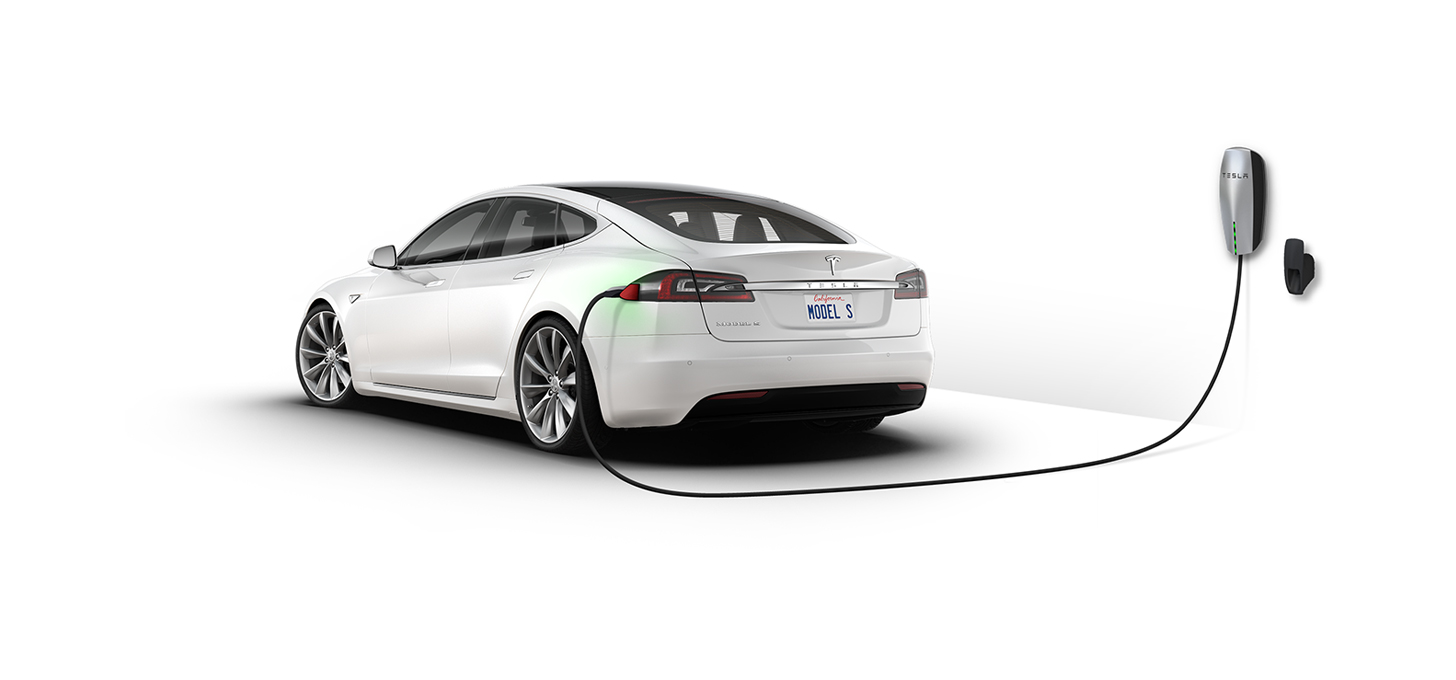But the changes made to the venue, which is hosting the Malaysian World Superbike round this weekend, went far beyond simply replacing the asphalt.
Dromo, the circuit design company headed by Jarno Zaffelli, have also made subtle but significant modifications to nine sections of the circuit: Turn 1, Turn 2, Turn 3, Turn 4, Turns 5-6, Turns 7-8, Turn 9, Turns 13-14 and Turn 15.
Immediately after the first World Superbike session here at Sepang, Crash.net spoke to Zaffelli about the main areas that have been altered, and why.
“It's always exciting, the first time people ride on a track we've worked on. Especially when we've only just finished, because for example with Termas de Rio Hondo [Argentina's MotoGP venue] we finished two years before the first race. We finished the asphalt here on April 23,” Zaffelli said.
“It seems the riders are enjoining the new asphalt. I went out to watch all the lines in FP1 and it was a mess! Everybody taking different lines. That's good. It means it is challenging.”
The Italian was clear that the changes to Turn 15, the final hairpin, were the most significant.
| Turn 15 changes at Sepang. Red new design, green old asphalt. |
“The biggest change for the riders, other than the change of asphalt, is Turn 15. With the original shape water would collect on both the entry and exit of the corner.
“So to remove the water we have made a big camber change on the inside of the corner. There is now a 1m height difference from the old kerb compared to the new kerb. And to make it more interesting and challenging for the riders, the whole corner also rises towards the exit, like going uphill.
“In the picture you can see how the circuit was before (green) and after (red). So the whole track is flat on entry, then you have the camber change - falling away from the inside - while at the same time the track is starting to rise.
“The racing line is now completely different. Before they would hug the kerb on the inside, like a traditional racing line, but now if you do that the front will feel like it is going to close on the negative camber.
“So you have to try to go wide on entry, stay where the track is more flat, and then cut back and make more of a straight-line on the exit. But if you are wider it invites somebody to try to pass you on the inside. So the question is do you want to be fast, or do you want to keep your position?
“The corner will be safer because there is less chance of them losing the front just as they start to enter the corner. Now they are more likely to lose the front n the apex area, which is the slowest part of the corner. Also the riders can run wide on the entry and should not lose too much time.
“But the changes have also slowed down the corner as a whole, which in turn means that the top speed on the main straight is slower. We needed to slow down the speed on the main straight because the run-off cannot be extended in Turn 1 and they are going a bit too fast now, every year the speed rises.
“In FP1 you can see the top speed was 300km/h and before it was 308km/h. But the best lap time is exactly the same as in FP1 last year. This is because all of the other camber changes, in the other corners, have been to add positive camber. So they are a bit faster than before.
“Turn 15 is the only corner that has been made slower, because it is not possible to carry the same corner speed due to the camber change. Also now they already have their elbow down on the inside of the corner, because of the camber, so they cannot lean the bike over any more.
“So for the fans, motorcycles or cars, Turn 15 is the place to watch the races I would say. Which is perfect because it is close to the main grandstands. Also in the case of a wet race, the racing line should not have any puddles now, so there is a good chance of passing even in the wet.”
The other main area for overtaking is the braking area into Turn 9.
“Now there is camber around the corner, meaning you can brake less and push more. We wanted to give the riders more confidence to overtake because it is less easy to lose the front," Zaffelli said. “Turn 9 is also the place where I expect the most crashes at this track, followed by Turn 15, so we should have reduced the crashes by making these changes.”
A further noticeable modification is to Turn 5, the quick left-hand corner behind the pits (the place where James Toseland had a huge testing accident at Tech 3 Yamaha).
“T5 is the only fast corner on the left side. So there's a problem with balancing the tyre wear and the set-up of the bike or car. Normally they destroy the right hand side of the tyre a long time before the left. Turn 5 now has 200% more camber, exactly twice the previous amount.”
The width of the circuit is a constant 16m, meaning the white line on the outside of places such as Turn 1 and 15 has been moved inwards. The asphalt now beyond the white line, previously part of the track, now acts as part of the run--off area.
“Before it was designed to be wider 'so they can make an overtake'. No! It is not the width of the track that allows you to overtake. Now it is 16m wide everywhere and the riders or drivers feel more speed.”
The full list of changes can be seen below.
Taken from Crash.net no copyright infringement intended.

